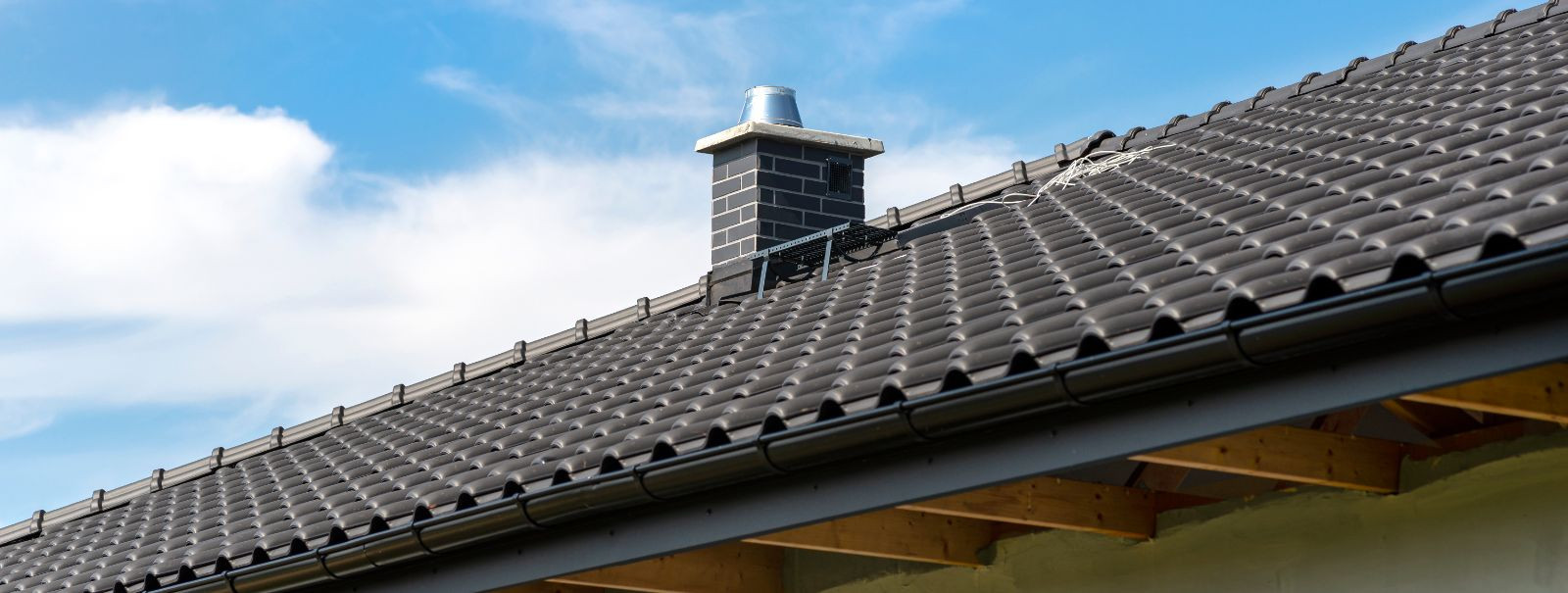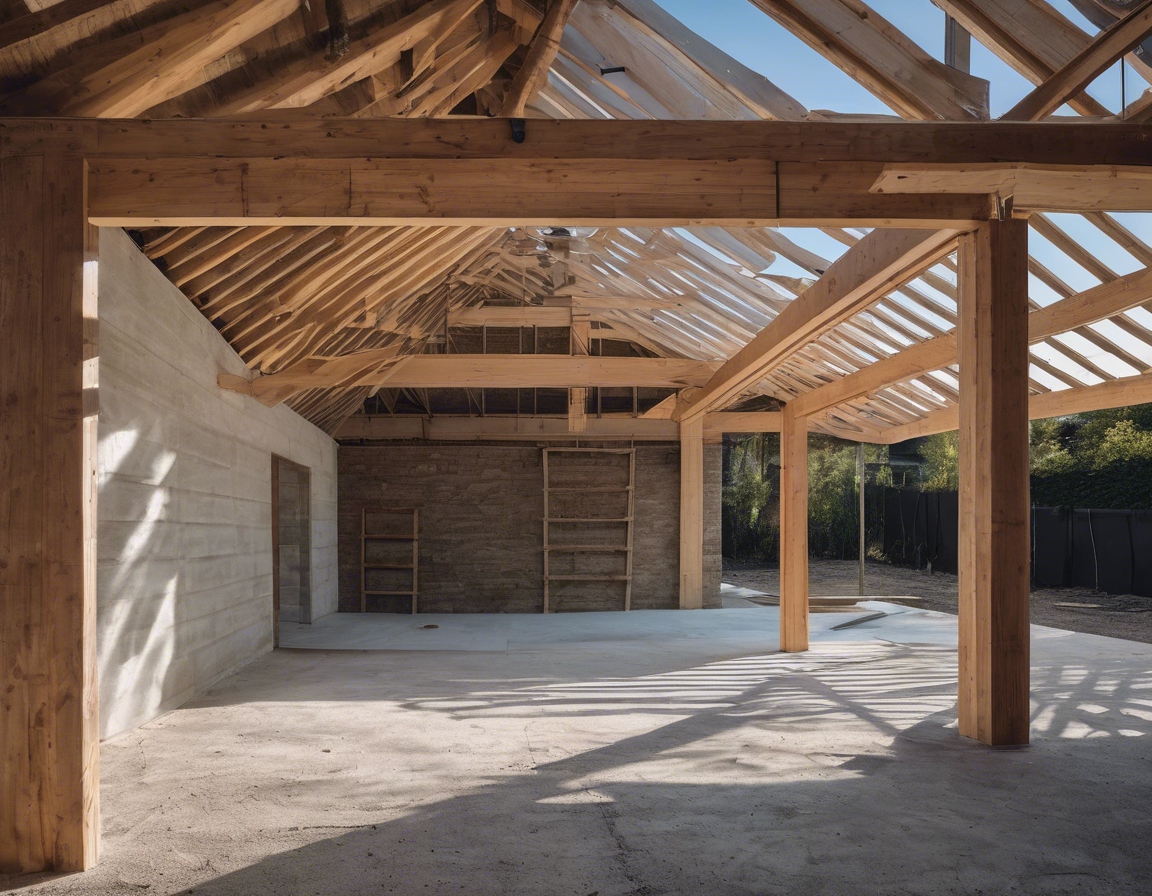How to choose the right roofing material for your home
Choosing the right roofing material for your home is a crucial decision that impacts not only the aesthetic appeal of your property but also its energy efficiency, durability, and overall value. With a wide array of options available, understanding the characteristics and benefits of each material can help you make an informed choice that aligns with your needs and preferences.
Factors to Consider When Choosing Roofing Materials
The climate in your area plays a significant role in determining the most suitable roofing material. For instance, homes in regions with heavy rainfall or snow require materials that offer excellent water resistance and durability, such as metal or slate. Conversely, in hot and sunny climates, materials with high reflectivity, like light-colored asphalt shingles or metal, can help reduce cooling costs.
The architectural style of your home should complement the roofing material you choose. Traditional homes may benefit from classic materials like wood shakes or slate, while modern designs might be better suited to sleek metal roofing or synthetic options that mimic natural materials.
Your budget is a critical factor in the decision-making process. While some materials like slate and metal may have higher upfront costs, they often offer longer lifespans and lower maintenance requirements, potentially saving money in the long run. Asphalt shingles, on the other hand, are more budget-friendly initially but may require more frequent replacements.
Environmentally conscious homeowners should consider the energy efficiency and sustainability of roofing materials. Options like cool roofs, which reflect more sunlight and absorb less heat, can significantly reduce energy consumption. Additionally, materials made from recycled content or those that are recyclable at the end of their lifespan contribute to sustainability efforts.
The lifespan of roofing materials varies significantly, with some options like slate lasting over a century, while others like asphalt shingles may need replacement after 20-30 years. Consider the long-term durability and maintenance needs of each material to ensure it aligns with your expectations and lifestyle.
Types of Roofing Materials
Asphalt shingles are the most common roofing material due to their affordability and ease of installation. They come in a variety of colors and styles, offering versatility in design. However, they may not be the most durable option, especially in extreme weather conditions.
Metal roofing is known for its durability, longevity, and energy efficiency. It is available in various styles, including panels and shingles, and can mimic the appearance of other materials. Metal roofs are resistant to extreme weather and can last up to 50 years or more with proper maintenance.
Wood shakes and shingles provide a natural and rustic appearance, making them ideal for traditional and cottage-style homes. They offer good insulation properties but require regular maintenance to prevent issues like rot and insect infestation.
Clay and concrete tiles are popular in Mediterranean and Spanish-style homes. They are highly durable and offer excellent resistance to fire and harsh weather conditions. However, they are heavy and may require additional structural support.
Slate is a premium roofing material known for its elegance and longevity. It is highly durable and can last over a century, making it a worthwhile investment for those seeking a long-term solution. However, it is one of the most expensive options and requires professional installation.
Synthetic roofing products, such as rubber, plastic, and polymer-based materials, are designed to mimic the appearance of natural materials like slate and wood. They offer durability and lower maintenance requirements at a more affordable price point.
Maintenance and Lifespan of Different Roofing Materials
Each roofing material has unique maintenance needs and lifespan. Regular inspections and timely repairs can extend the life of your roof, regardless of the material. Understanding these requirements can help you plan for future maintenance and budget accordingly.
Environmental Impact and Sustainability of Roofing Materials
As sustainability becomes increasingly important, many homeowners are opting for eco-friendly roofing materials. Consider options that reduce energy consumption, are made from recycled materials, or can be recycled at the end of their life. These choices not only benefit the environment but can also enhance the energy efficiency of your home.






Comments (0)